The Historic Centre of Guimarães
A charming medieval city center, considered the birthplace of Portuguese nationhood.
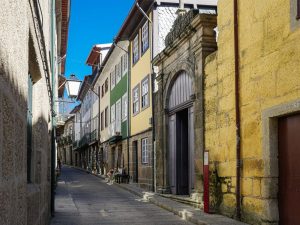
A charming medieval city center, considered the birthplace of Portuguese nationhood.
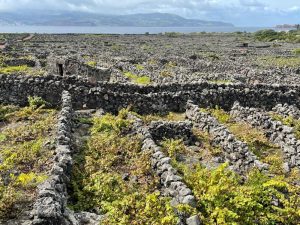
Viniculture in a hostile environment made possible through human ingenuity.
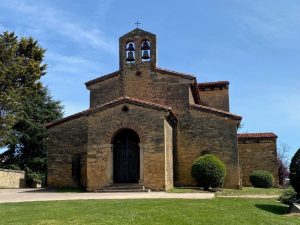
Six buildings that are unique to the short-lived Asturian monarchy.
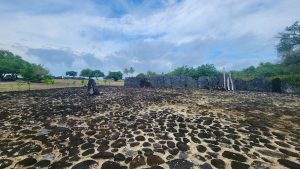
An ancient site of great historical and cultural significance to indigenous Polynesians.
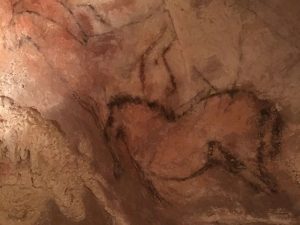
Some of the earliest art by the earliest humans.
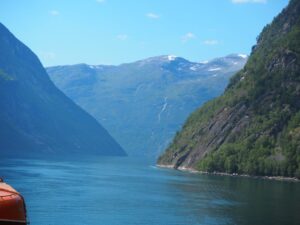
The world’s largest and deepest fjords, and breathtakingly beautiful.
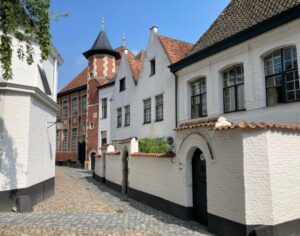
Centuries-old architectural ensembles in Flanders that once housed religious communities of women.

A constantly-changing area where the continental rift, volcanoes and glaciers dramatically interact.
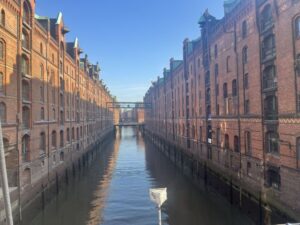
An ensemble of warehouses and office buildings resulting from Hamburg’s port trade in the 19th and early 20th centuries.
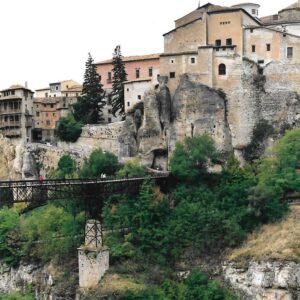
A medieval fortress town in a dramatic location, perched on cliffs.
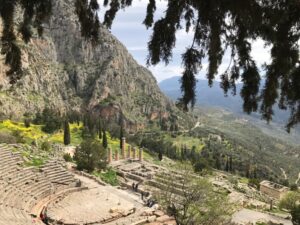
An important religious site for ancient Greeks, who considered it the center of the world.
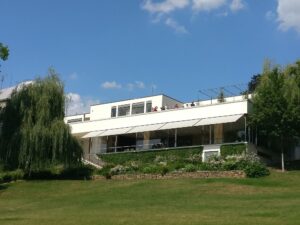
An outstanding example of Modern architecture of the 1920s, designed by Mies van der Rohe.
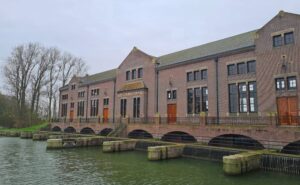
The largest and most powerful steam-driven pumping station ever built.
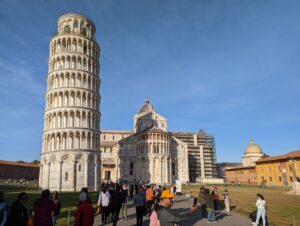
Four masterpieces of Pisan Romanesque architecture, including the world-famous Leaning Tower.
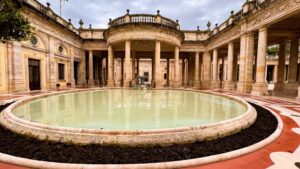
Towns in seven countries where an early tourism industry thrived around natural hot springs.
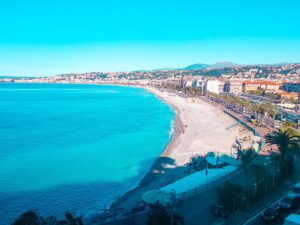
An early example of a city that developed due to tourism.
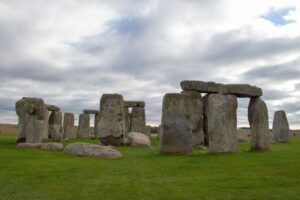
Two mysterious prehistoric stone circles: one, the most sophisticated in the world; the other, the largest.
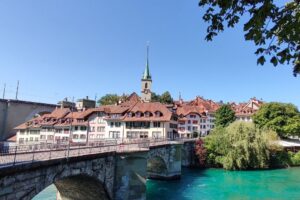
A unique example of urban planning from the Middle Ages that has developed over time while still respecting the original plan.
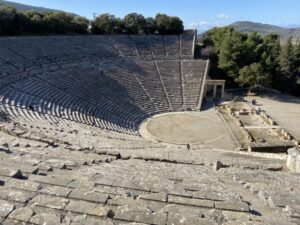
Ruins of an ancient place of healing, with a huge and still intact Greek theater.
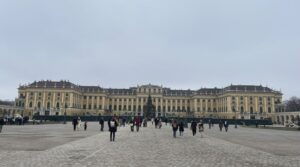
Former home to the powerful Habsburg emperors: an opulent Baroque castle and its gardens.
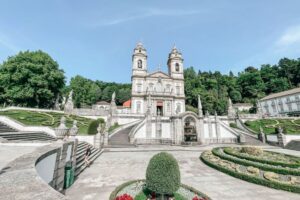
An exquisite example of Portuguese Baroque architecture expressing a spiritual journey.
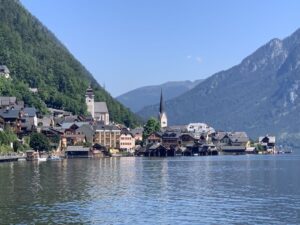
A picturesque little village surrounded by a breathtaking mountainous landscape.
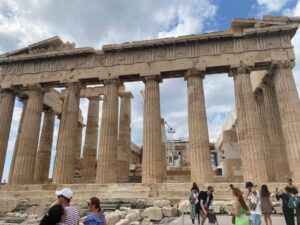
The most famous remnant of ancient Greece, standing high above the city of Athens.
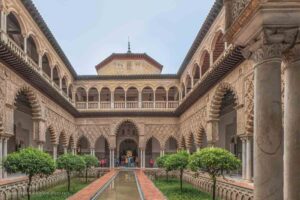
Three properties that are central to the history of Spain’s “Golden Age.”
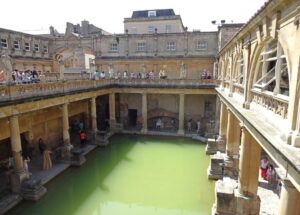
Famous Georgian-period spa town with surviving elements from its Roman-period history as well.
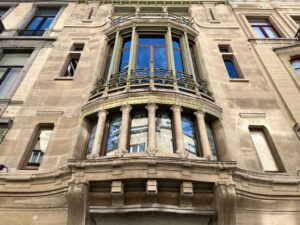
Four pioneering works of architecture in Art Nouveau style.
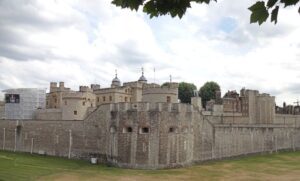
A historic castle used as palace, fortress and prison since the days of William the Conquerer.
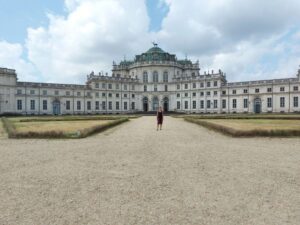
A series of palaces and estates in and around Turin that exemplify baroque architecture.
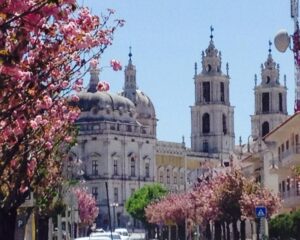
One of the most impressive baroque structures in all of Portugal.
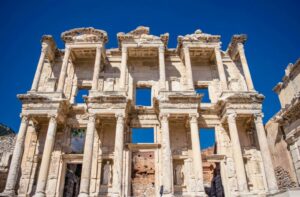
An ancient port city with ruins from the Greek, Roman and early Christian periods.
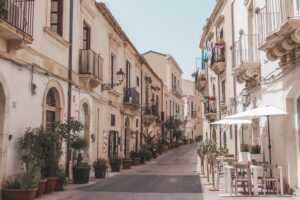
A city with the traces of three thousand years of civilization.
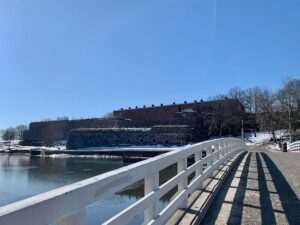
An important example of military fortress architecture on a group of islands off Helsinki.

Three famous London buildings that represent the “intertwined history of church, monarchy and state.”
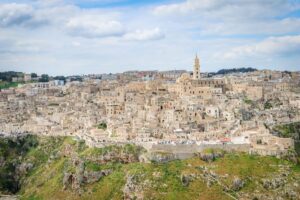
More than 1000 cave dwellings, churches and other rock-cut structures going back centuries.
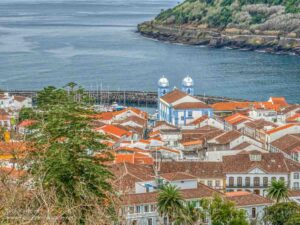
An important port in the busy shipping routes between Europe, the Americas and Africa from the 15th-19th centuries.
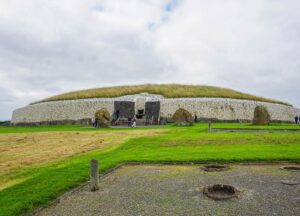
The largest concentration of prehistoric Neolithic tombs in Europe.